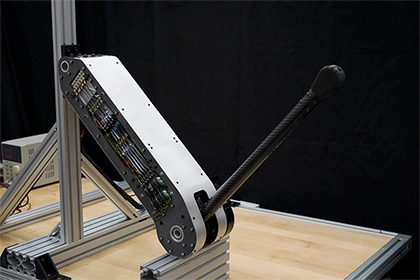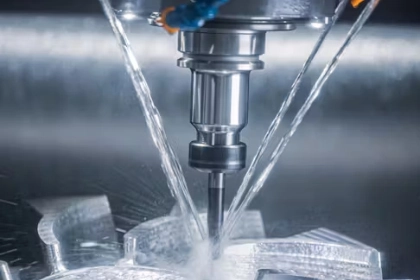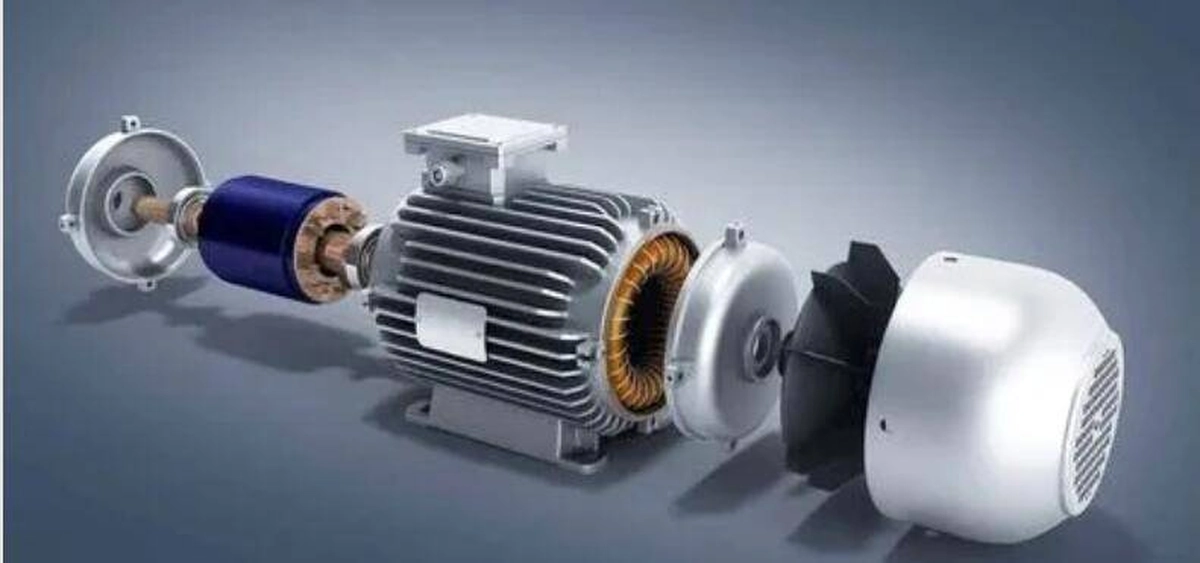- +86 19149417743
- Zhengzhou, Henan Province, China
- Mon-fri: 8am - 7pm
Get a quote
Unsprung Mass: Hub motors add weight to the wheel, which increases the unsprung mass of the vehicle. Unsprung mass refers to the components that are not supported by the suspension system, such as the wheels and brakes. Increased unsprung mass can negatively impact the vehicle's ride quality, handling, and overall performance, particularly in terms of suspension response and road grip.
Heat Dissipation: Hub motors can generate heat during operation, and dissipating this heat can be challenging due to their integration within the wheel hub. Adequate cooling measures must be implemented to prevent overheating and ensure the motor's longevity and performance. Insufficient heat dissipation can lead to thermal issues and motor damage.
Limited Torque: Hub motors typically have limited torque compared to larger external motors. The torque output of a hub motor is directly related to its size and design. While hub motors can provide sufficient torque for many applications, they may not be suitable for high-torque requirements, such as heavy-duty vehicles or applications that involve significant uphill gradients or towing capabilities.
Wheel Size Limitations: Hub motors require wheels with specific designs and accommodations for motor integration. This can limit the range of wheel sizes and styles available for a particular application. It's important to ensure that the desired wheel size and style are compatible with the chosen hub motor.
Serviceability: In case of maintenance or repair, hub motors can be more challenging to service compared to external motors. Accessing and working on a motor integrated within the wheel hub may require additional time and effort. It's important to consider serviceability aspects and ensure proper maintenance procedures are followed.
Cost: Hub motors can be more expensive compared to external motors due to their integrated design and specialized manufacturing processes. The cost of hub motors may be higher in terms of initial investment and replacement compared to traditional drivetrain systems. However, it's worth considering the overall benefits and trade-offs in terms of performance, efficiency, and design simplicity.
 2024-08-30 16:01:40
Engineering
2024-08-30 16:01:40
Engineering
 2024-07-26 14:09:13
Engineering
2024-07-26 14:09:13
Engineering
 2024-07-18 09:42:00
Engineering
2024-07-18 09:42:00
Engineering